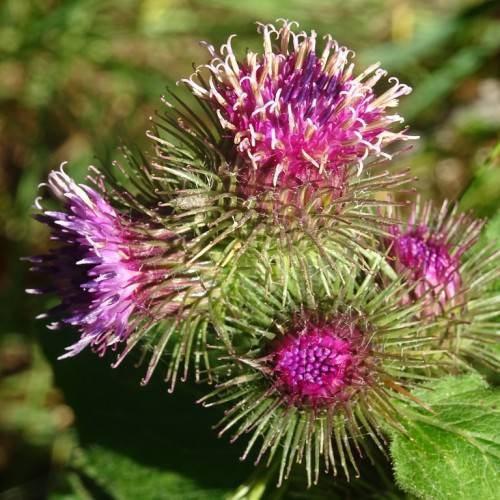
Burdock
Arctium minus
Also Known As - European BurdockWatering:
Frequent
Hardiness Zone:
Sun:
full sun,part shade
Leaf:
Yes
Growth Rate:
Low
Salt Tolerant:
Yes
Invasive:
Yes
Care Level:
Medium
watering
Arctic Daisy should be watered when the top inch of soil feels dry to the touch. Once the soil starts to feel dry, the plants should be watered thoroughly until moisture runs out of the bottom of the pot or drainage holes. It is best to water thoroughly but less frequently rather than daily. It is also important to not overwater the plants as this can lead to root rot. During the summer months, Arctic Daisy should be watered once a week and during the winter months, twice a month should suffice.
sunlight
Arctic Daisy (Arctanthemum arcticum) is a plant species native to the Arctic regions of North America and Northern Europe. It typically requires full sun, which means at least 6-8 hours of direct sunlight daily. In the summer months, Arctic Daisy can take up to 14 hours of direct sunlight each day. In regions of higher latitudes, the sun is available for a longer period of time throughout the day and Arctic Daisy is able to benefit from those long summer days. In the winter months, Arctic Daisy will still require some direct sunlight each day, but the amount will decrease to fit the shortened day lengths.
pruning
Arctic Daisy should be pruned in the spring, right after the last frost. Pruning should involve removing old, dead, or damaged foliage, as well as any excess growth. Pruning should be done carefully with scissors or small pruning shears, making sure to avoid injury to the healthy stems and foliage of the plant. After pruning has been completed, it is recommended to fertilize your Arctic Daisy lightly or encourage mulching around the base of the plant. Pruning should stop after mid-summer to encourage and maintain optimum flowering.
